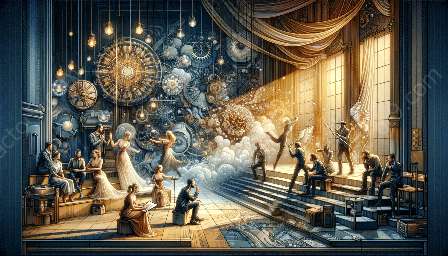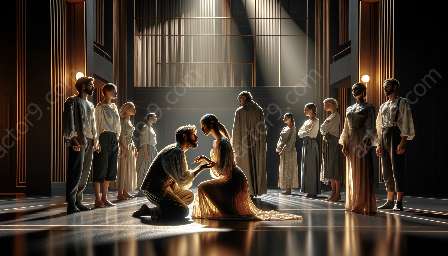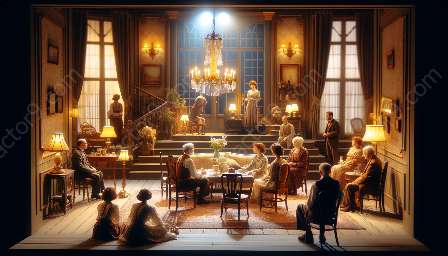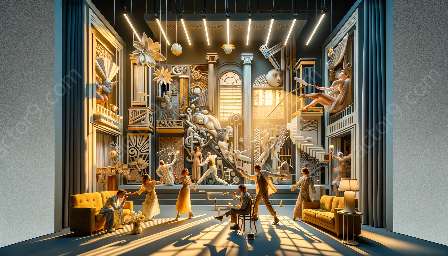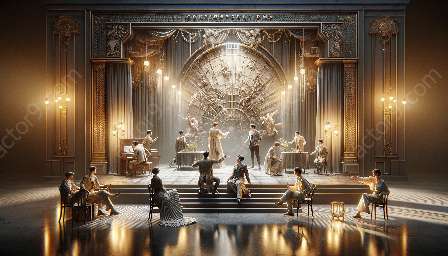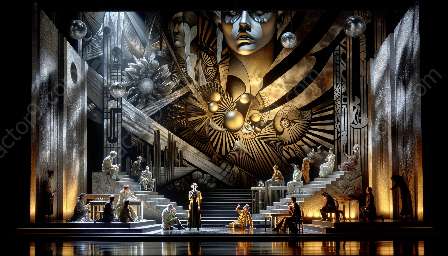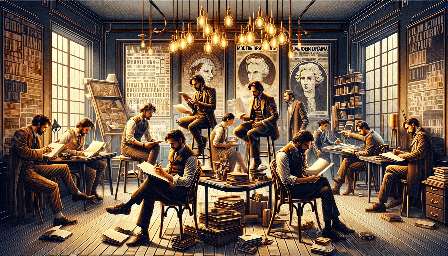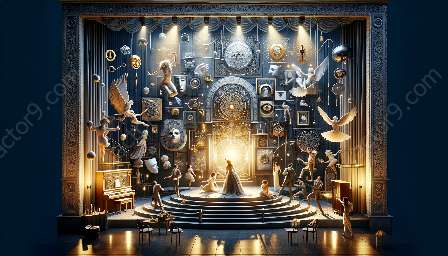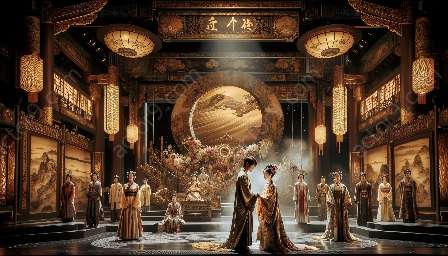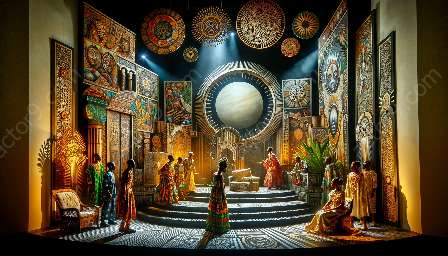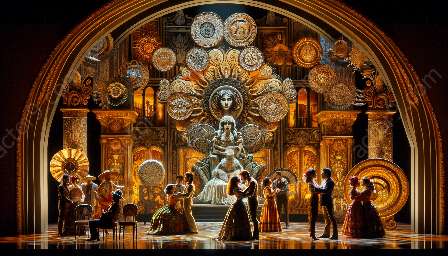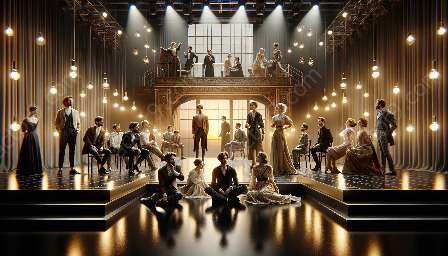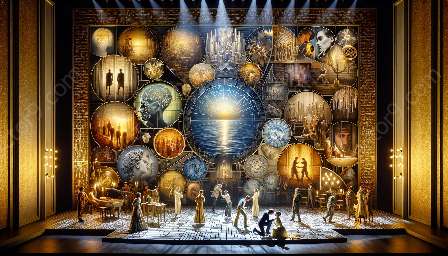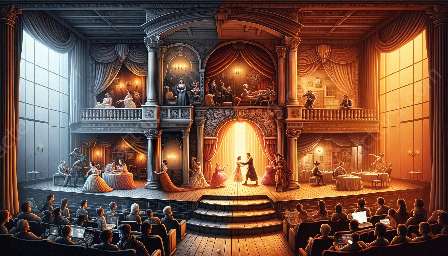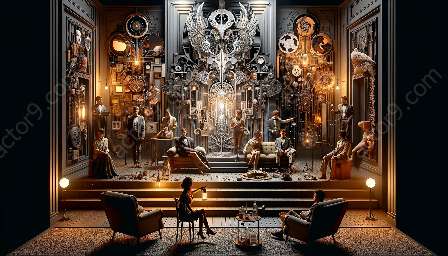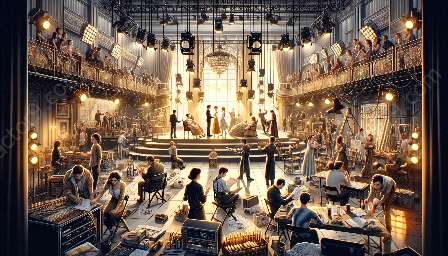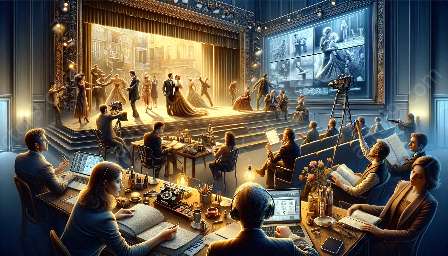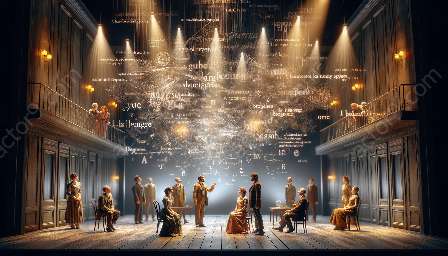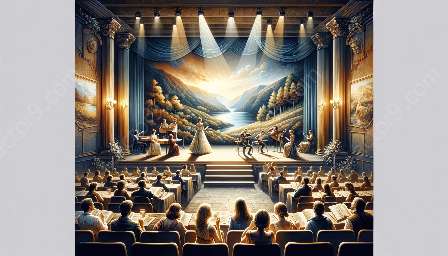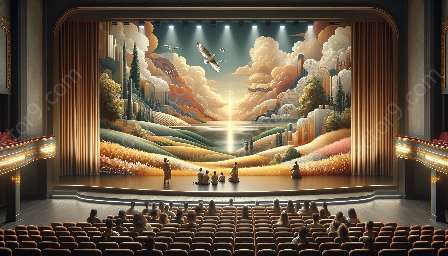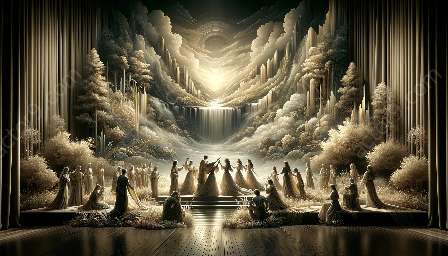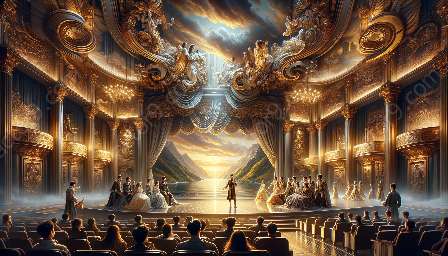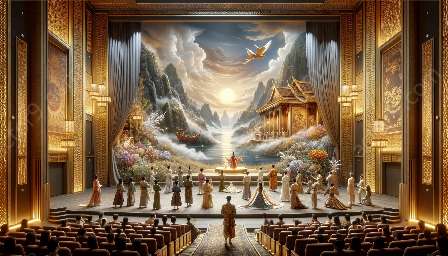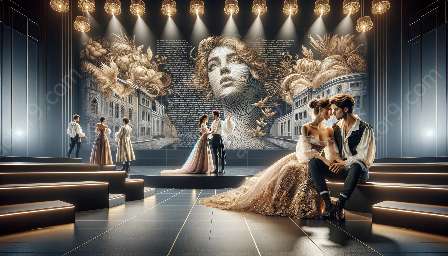Symbols in contemporary dramatic storytelling play a crucial role in communicating complex ideas, emotions, and themes to the audience. In modern drama, symbolism serves as a powerful tool for conveying deeper meanings and creating a more immersive and thought-provoking experience for the viewers.
Symbolism in Modern Drama
In the context of modern drama, symbolism refers to the use of symbols, metaphors, and allegorical elements to convey abstract concepts and provoke intellectual and emotional responses from the audience. Throughout history, symbolism has been an integral part of theatrical performances, often used to imbue plays with layers of meaning and subtext.
Functions of Symbols in Contemporary Dramatic Storytelling
1. Conveying Depth and Complexity: Symbols allow playwrights and directors to imbue their works with deeper layers of meaning, enabling them to explore complex themes and ideas in a more subtle and nuanced manner. By using symbols, contemporary dramas can address social, political, and existential issues with greater depth and complexity.
2. Evoking Emotional Responses: Symbols have the power to evoke powerful emotional responses from the audience, tapping into their subconscious and eliciting visceral reactions. Whether through visual, auditory, or narrative elements, symbols can trigger empathy, sympathy, unease, or joy, adding emotional resonance to the dramatic storytelling experience.
3. Enhancing Visual and Aural Appeal: Symbols, when used effectively, can enhance the visual and aural appeal of a dramatic performance. From set design and costumes to sound effects and music, symbols can elevate the sensory experience, creating a more captivating and memorable theatrical encounter for the audience.
Relevance of Symbols in Modern Dramatic Narratives
Modern dramatic narratives often rely on symbolism to engage and challenge audiences, offering them a multi-dimensional experience that encourages critical thinking and interpretation. By incorporating symbols into their storytelling, contemporary playwrights and directors can break away from literal storytelling and invite viewers to participate in the process of decoding and analyzing the underlying messages and themes.
Conclusion
In conclusion, symbols function as a form of communication in contemporary dramatic storytelling by enriching narratives, evoking emotions, and engaging audiences on a deeper level. The relevance of symbolism in modern drama cannot be overstated, as it continues to shape and enhance the way stories are told, interpreted, and experienced in the contemporary theatrical landscape.


